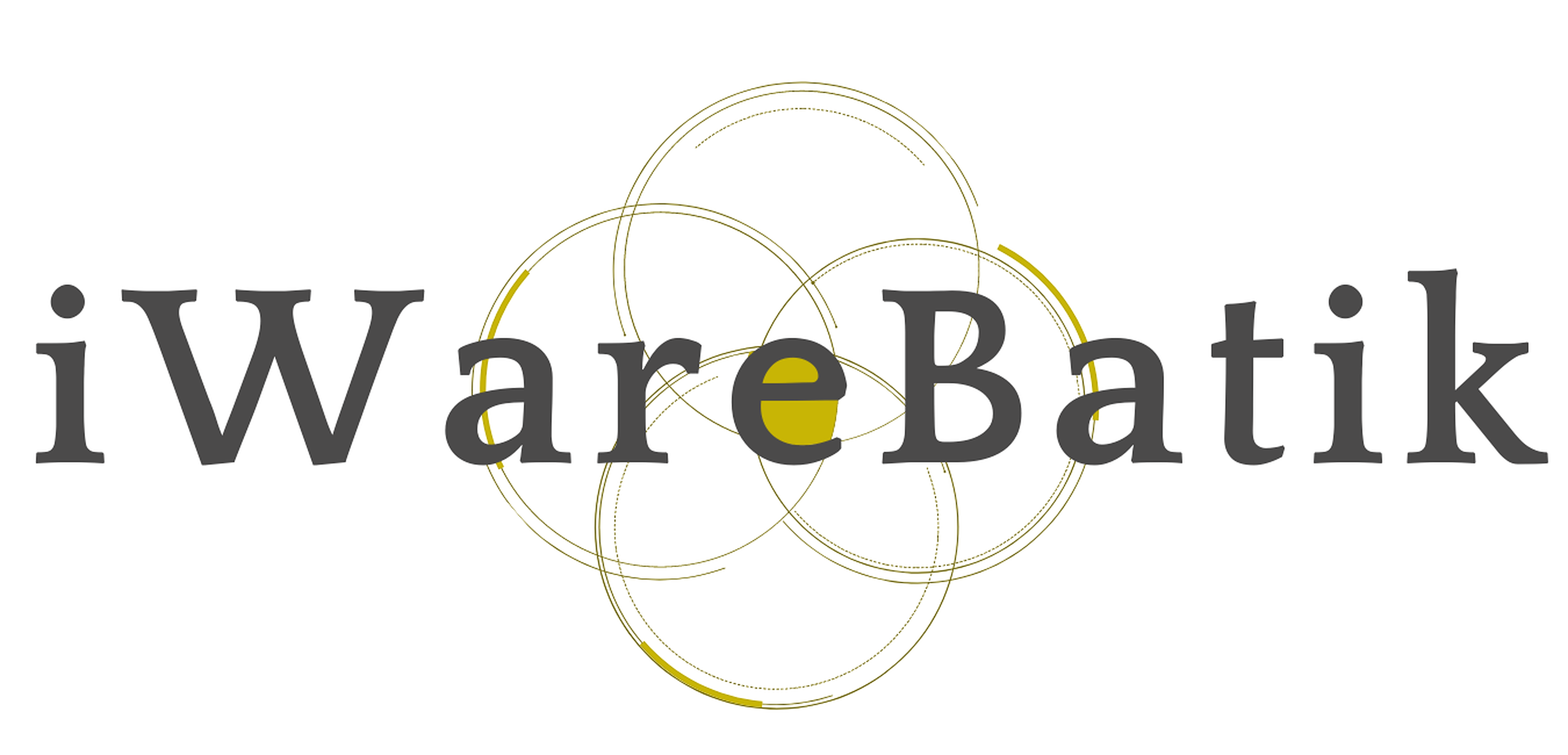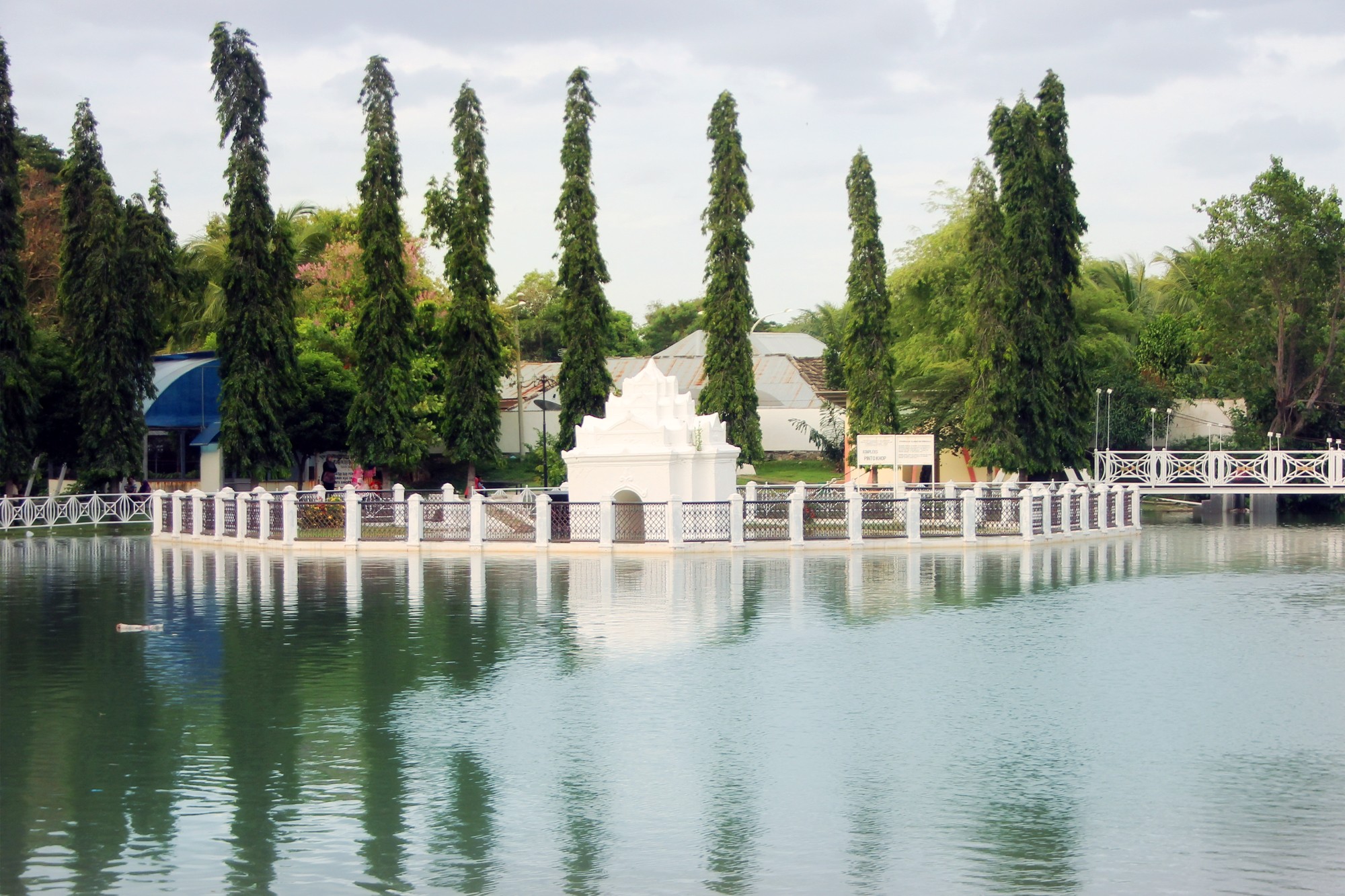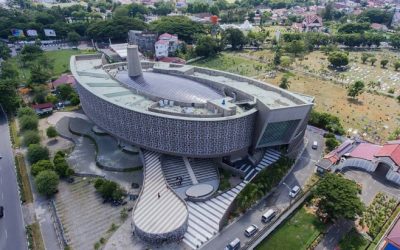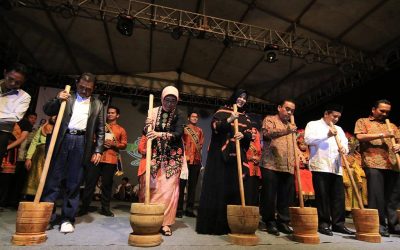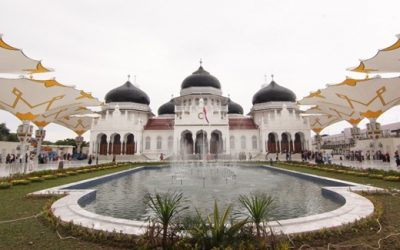Home / Batik Regions – Western Indonesia – Northern Sumatra – Aceh / Putro Phang Royal Garden
Cultural Destination
Embrace the spirit of the place!
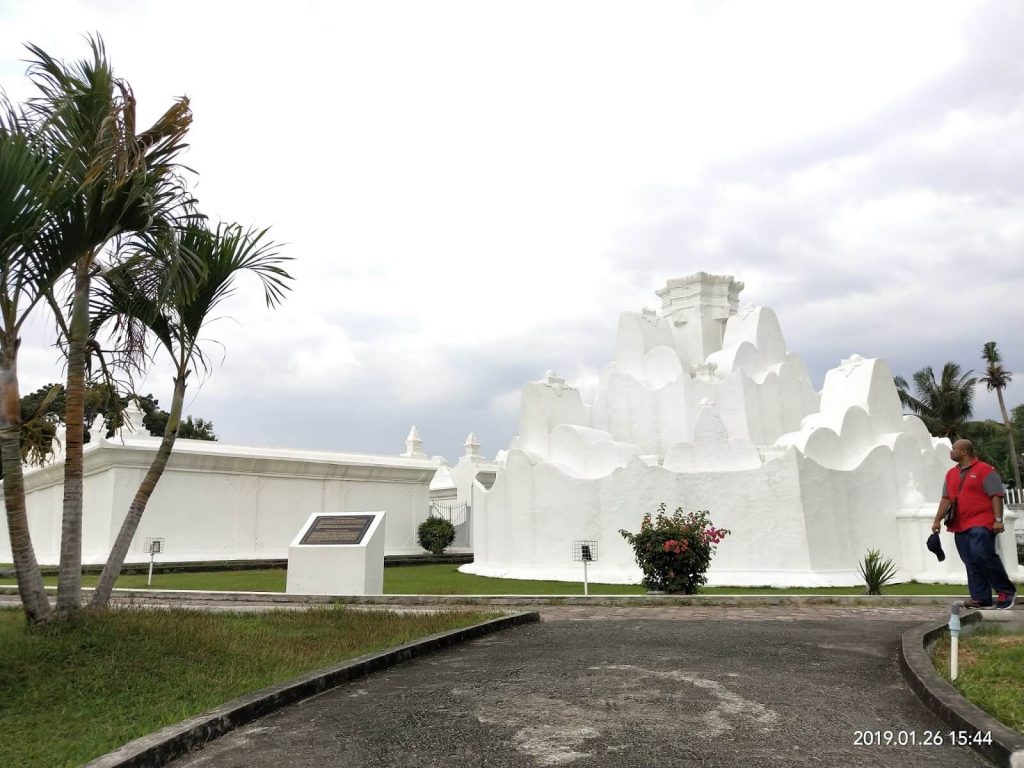
The Gunongan Park inside the Royal Garden (photo: Acehtourism)
Putro Phang Royal Garden
Putro Phang Royal Garden is a historical legacy of Aceh Darussalam Kingdom. This park was built by Sultan Iskandar Muda (1607-1636) as an expression of his love for his queen, Putroe Phang, who came from the Kingdom of Pahang. This park functioned as the bathing place for the King and the Empress and connected with another site, namely Gunongan Park. Gunongan Park was built to resemble the hills in Pahang, with the intention to heal the Empress’s longing for her hometown in Pahang (which belongs to a Malaysian territory since 1957).
Tourist Attractions in Aceh
Aceh Tsunami Museum
The Aceh Tsunami Museum is a memorial monument of the biggest Tsunami disaster that
Aceh Gayo Premium Coffee Festival
Gayo Aceh Arabica coffee is the best premium organic coffee in the world, recognized by
Baiturrahman Historical Grand Mosque
The Grand Mosque of Aceh was built in 1612 during the reign of
Aceh Batik Motifs
Kerawang Tegak Aceh
The Vertical Upright (Kerawang Tegak) Motif symbolizes a person who has a strong
Discover
Indonesian
Batik
Motifs
Bultiya
The word ‘Bultiya’ is an acronym of the three major tribes in North Kalimantan, namely
Sekomandi
Its philosophical meaning is the eternal union which refers to a saying “until death do us part”
Tikar Natuna
The Tikar Natuna motif is adapted from the traditional making of pandanus mats in
Tongkonan
Toraja’s traditional house is called Tongkonan. Tongkonan is a place for
Gedhog Kembang Waluh
a combination of Javanese cultural motif of the Majapahit kingdom (XII-XIV century) with
Daun Lada Hitam
The black pepper motif represents the main commodity of Bangka Belitung
Keluak Daun Pakis
The word “Keluak” is a Minang language which means twisted or tangled. The Motif of
Gajah Way Kambas
The motif illustrates the Lampung’s natural reserve, the Way Kambas. it also symbolizes
Wakatobi
It symbolizes the coastal beauty of the Wakatobi island and the symbol of Patra symbolizes
Tengkawang Ampiek
With its many advantages, the Dayaks use this leaf in ritual ceremonies. This plant is a symbol of
Pattimura
Pattimura is the name of an Indonesian hero who fought against colonialism in
Gurdo Solo
Gurdo or garuda bird is the mount of the Indian god Vishnu. As the Sun Bird,
Ukir Sentani
The Ukir motif is a batik motif that is inspired by various traditional Sentani wood carvings
Merak Ngeram
The hatching peacock motif has a very deep meaning which refers to the sacrifice and
Pati-Pati Pinehiku
It symbolizes the hierarchy in society and the social status of the Mekongga
Bomba Mawar
This motif means sacred love for family, kingdom, and God; It also illustrates
Awan Berarak
Awan Berarak is a combination of Dayak motifs and Malay patterns. The word ‘Awan Berarak’ means the
Raja Ampat
Raja Ampat motif represents the marine life at Raja Ampat archipelago in
Sekar Jati
Sekar means flower and Jati refers to teak trees that symbolizes a strong mental character that
Tifa Totobuang
The batik motifs illustrate Maluku’s traditional music instrument called
Buketan Bali
The Balinese bouquet (Buketan Bali) is a floral arrangement and the name is
Gigi Haruan Lidi
The Gigi Haruan Lidi motif is taken from the name of the cork fish and is a symbol of
Enggang Dayak
Local people beliefs that hornbills are an incarnation of the Commander of the Birds. It has supernatural
Besurek Rafflesia
The term “Basurek” refers to a textile that contains letters or inscriptions
Prada Papua
The word “Prada” in the Javanese-Indonesian dialect means a batik textile that
Parang Seling
Parang Seling or “alternating daggers” is a royal batik motif. It is a feminine variant of
Bale Lumbu
This motif signifies the welfare of the ancient Sasak society. Bale also symbolizes the
Kuda Kupang
Horses symbolize wealth. It contains noble values of virtuous characters that bring
Tangerang Herang
Tangerang Herang motif is a symbol of Tangerang city. The Tangerang Herang batik motif consists of
Lok Baintan Floating Market
As you can imagine, the most authentic thing is that you can buy things and even
Jupri Kembang Teh
Kembang Teh illustrates the tendrils of tea plants that grow in the highlands of
Desa Na Tolu
The Desa Na Tolu characteristic pattern symbolizes the Batak philosophy of existence and
Kerawang Tegak Aceh
The Vertical Upright (Kerawang Tegak) Motif symbolizes a person who has a strong
Honai
The Honai is inspired by the traditional house of the Papuan community living in
Burung Bidadari
Bidadari birds are endemic birds in Halmahera. This motif represents an
Tanah Liek
The word “Tanah Liek” refers to clay in Minang language. It is also known as
Tampuk Manggis Sasirangan
The motif illustrates the philosophy of the mangosteen fruit, which is
Dayak Kamang
Kamang motif is generally found in the Dayak tribe shield because it is believed to
Karawo Mahkuta
Mahkuta refers to Gorontalo’s traditional crown. It represents noble characters of
Sandeq
Sandeq Boat is a symbol of the maritime importance of the West Sulawesi region. The greatness of
Pinawetengan
The Pinawetengan Batik pattern was taken from a prehistoric inscription in
Hiu Taliyasan
Indonesia is also home to the world’s largest fish, the whale shark (Rhincodon typus). Hiu Taliyasan refers to
Besurek Rembulan
This batik illustrates praise for God who created the wonderful universe
Pucuk Rebung Riau
Pucuk Rebung symbolizes heart determination in achieving goals, good luck, and
Lontara
The Lontara script itself is a typical ancient script of Bugis and Makassar communities. History records that
Tubo Kelapa
Coconut tree is a symbol of a good character and strong mentality. It illustrates the more success a person, the more
Durian Pecah
Broken Durian motifs depict the foundation of faith. The second half signifies the mastery of
Rumah Mamuju
the Batik motif illustrates the house of Mamuju King with the stairs, located on the left of the wooden stage house
Angsa Duo
According to legend, the Angso duo batik motif is a pair of swans that are believed to have led Princess
Gonggong Siput
Gonggong (Strombus Turturella) is one type of sea snail found around
Kain Cual
Cual textile tradition has existed since the 17th century. The word “Cual” refers to
Salakanagara
Salakanagara batik motif illustrates the first kingdom in the Betawi land
Manguni Minahasa
Manguni is identified as the symbol of the Minahasa people. Manguni is known as a
Gamolan
This motif illustrates Gamolan, a bamboo musical instrument of Lampung that is
Lipaq Sabe
Lipaq Saqbe contains a simple geometric classical motif with various flower decorations. This textile is
Gorga Simeol-Meol
The Gorga Simeol-meol is a pattern of plant tendrils. it is regarded as a symbol of longevity and
Singayaksa
The Singayaksa motif comes from the name of a place where Sultan Hasanuddin used to
Tabir Tanjung
Tanjung flower is a type of Cherry tree flower, which is commonly found in
Sido Mulyo
Sidomulyo is one of the classical motifs, which is specifically used for the bride’s costume in
Cengkeh
The clove flower motif is the main commodity of the Tolitoli Regency. This motif represents
Mahkota Siger
Siger is the crown of a noblewoman in ancient time. It is a symbol of femininity, strength, and
Srimanganti
The name of the Srimanganti motif is derived from Palace’s hallway that connects to
Rangkiang
The word “Rangkiang” refers to the rice granary in the Minangkabau language. It symbolizes
Gonggong Beruntun
This motif illustrates that a person should maintain a positive attitude and
Tenun Bima
The motifs are adopted from Bima woven textile. This pattern has received a great
Daun Sirih
This motif illustrates betel leaves that are used by Lombok communities as traditional
Bekantan Pakis
This motif represents Pakis Haji (Polystichum setiferum), an endemic plant in
Biji Kopi
The coffee seeds motif illustrates the pride of local coffee specialities in
Kasih Tak Sampai
‘Kasih Tak Sampai’ is an idiom in the Indonesian language which refers to
Bintik Tujuh
The Bintik Tujuh (Seven Dots) motif has 7 white spots and green color gradation as
Gentala Arasy
Built as high as 80 meters, the tower also highlights the historical side of
